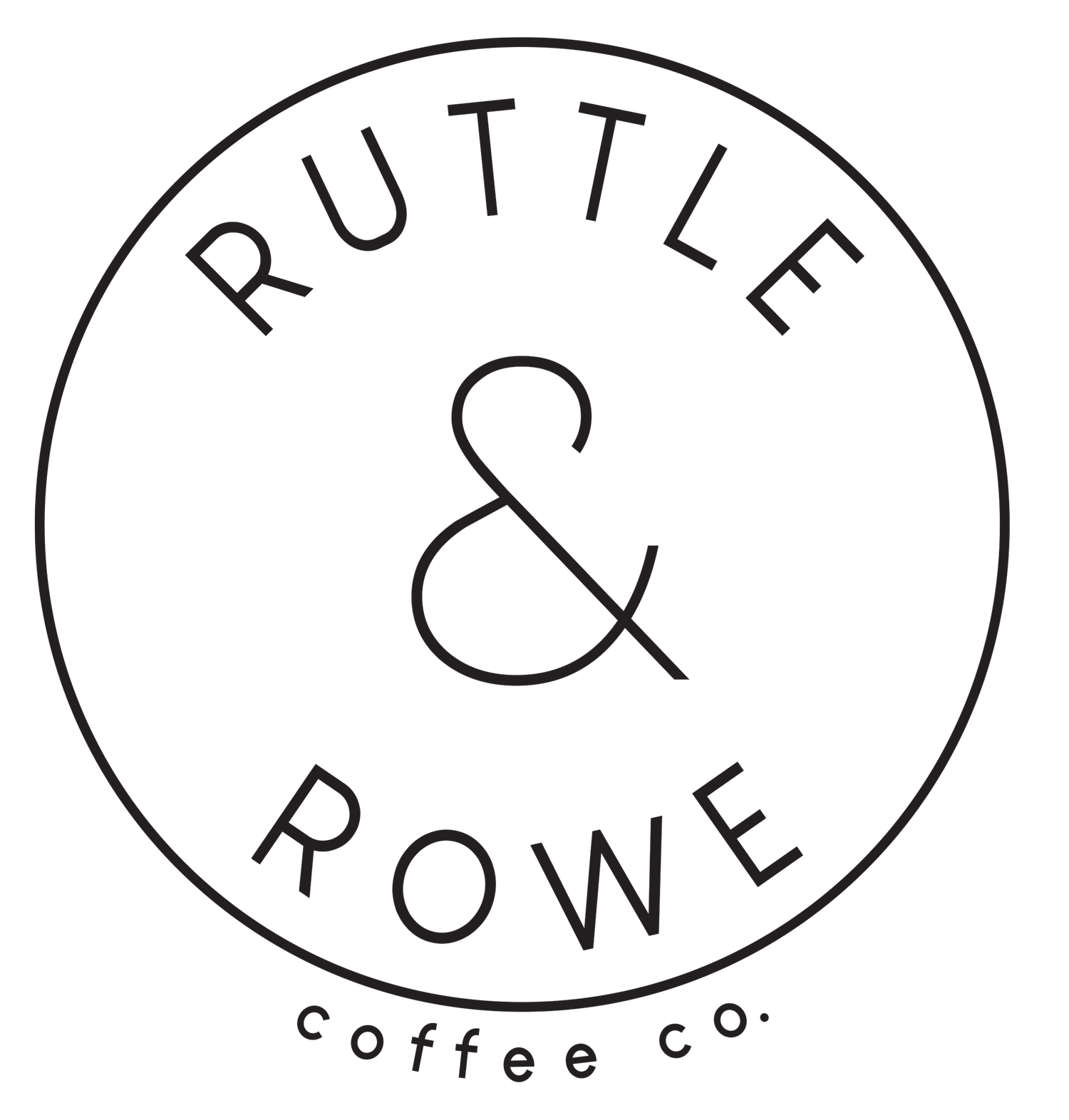What is Specialty Coffee?
A very special cup of specialty coffee in it’s natural habit: on a concrete counter.
What makes Specialty Coffee so special? You might hear your local high-street/chain ‘barista’ shout this from behind their counter as they watch a Carhartt-clad-crowd hustle past their doors on the way to the local specialty coffee shop. Well… let’s clarify one thing; specialty coffee is better. For everyone involved. But why?
The term ‘Specialty coffee’ or ‘Speciality coffee’ is used to reference coffee that is graded 80 points or higher on a 100 point scale by a certified coffee taster (SCAA) (aka: The Coffee Whisperer) or a licensed Q grader (CQI) (like Q in Bond but their only gadgets are a cup and spoon) .
Specialty coffee has to meet a measured criteria to be classed as specialty. It is grown at the perfect altitude, at the correct time of year, in the best soil and then picked at the right time. This all equates to a pretty special tasting coffee. Hence why it often/but not always comes with a higher price tag.
Coffee Grading
Green coffee is graded via visual inspection and cupping. Visual inspection involves taking a 350g sample of green coffee beans and counting defective beans. Defects can be Primary (e.g. black beans, sour beans) or Secondary (e.g. broken beans). For a coffee to qualify as “speciality”, it must have zero Primary defects and less than five Secondary defects.
Cupping involves roasting the coffee and brewing simply with hot water, and relies on the skill of the taster to assign scores to each of the coffee’s attributes, such the acidity, body, flavour and aroma.
Specialty Coffee - Q Grade Scores
SCORE GRADE SPECIAL YES/NO
99-100 Outstanding Specialty Coffee
85-89.99 Excellent Specialty Coffee
80-84.99 Very Good Specialty Coffee
under 80. Not great*. Not specialty coffee
*official terminology
History
You may have heard specialty coffee referred to as Third Wave Coffee. If you missed the first two waves then here’s a quick history lesson for you:
Back in the 1960s, coffee consumption began to grow exponentially. For the first time, coffee became widely accessible. This marked the first wave.
The second wave came with an increase in the quality of coffee readily available. Big companies – such as Starbucks – started running coffee shops as profitable businesses. Coffee started to become a luxury product rather a necessity.
What’s more, we started to see more consciousness of the importance of the entire supply chain, from producers to consumers. Green bean buyers started to pay attention to where and how coffee was produced – and this eventually trickled through to consumers.
So what’s the third wave?
Whereas the first and second waves were all about the consumer’s access to coffee, third wave plays on the importance of every contributor in the supply chain:producer, importer, roaster, barista, and consumer. It pays homage to every player in the system and the end product is the result of everyone’s hard work. The result is quality seasonal and sustainable coffee with full transparency.


